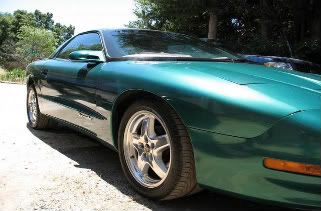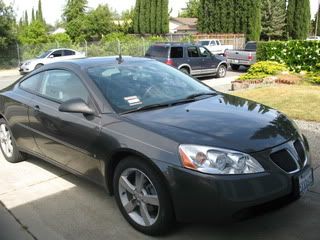If you have a high mileage beater car... Like me... there is this stuff called "RESTORE." It goes in with your oil and suposedly restores compression, reduces oil consumption & restores power. I have used it on a couple of my cars that were over 100K miles and it really did make a difference you could feel. I dont know how that stuff looks at the bottom of my oil pan though.
Mark B
Mark B
 I've been doing this for years.
I've been doing this for years.






Comment